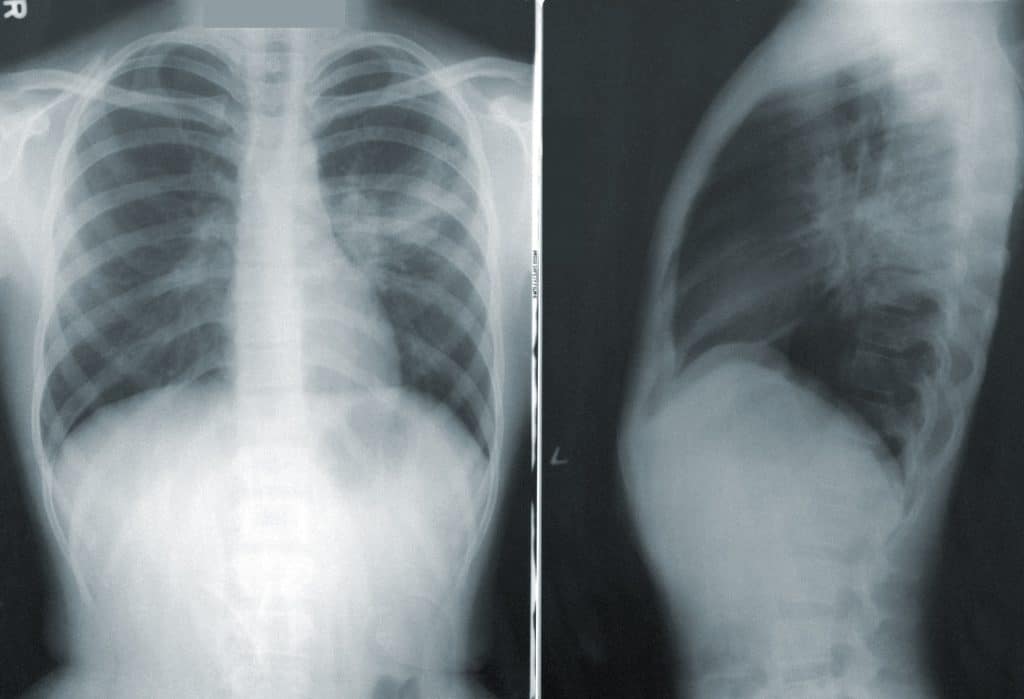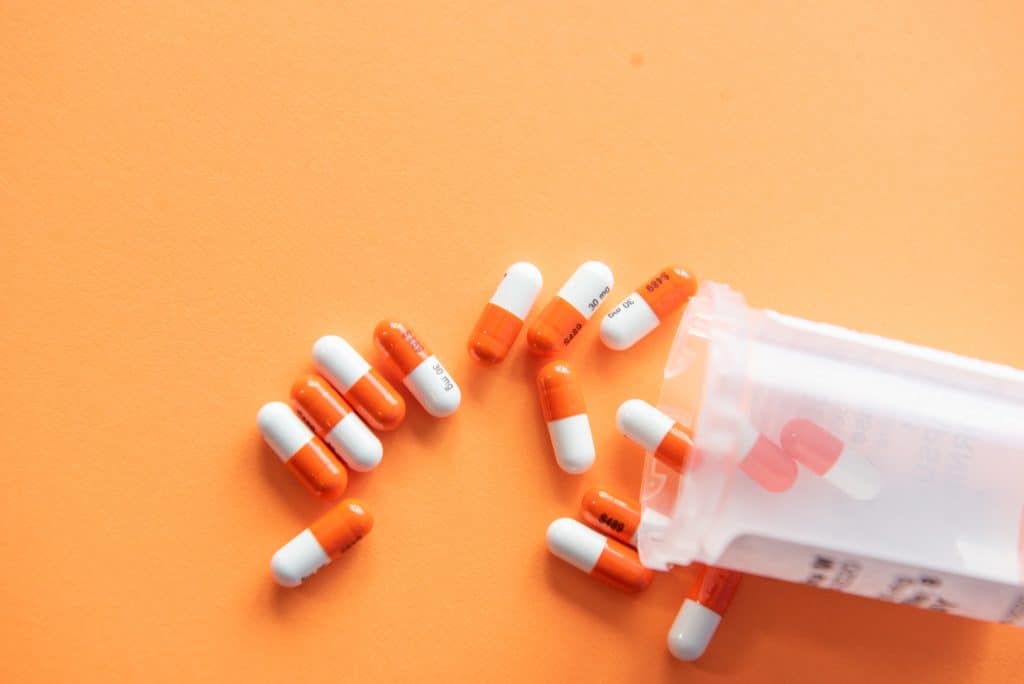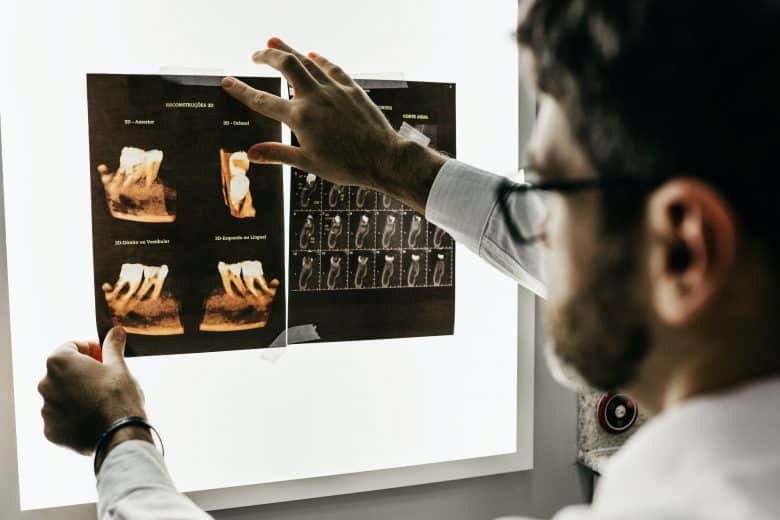While x-ray diffraction is a process that’s commonly used in a laboratory, this interesting method has proven to be very useful in the manufacturing world. In some cases, this very useful tool has the potential to save millions of lives.
We’re going to take a look at how it is used, ensuring that all kinds of products are manufactured to a high-quality:
Measuring Crystal Lattices

X-ray diffraction is used to measure crystal lattices. The measurement is taken at an atomic level and uses intrinsic property measurement. When the readings are taken, a linear elastic distortion is used. What this means is the changes between the depth of the lattice and the atoms are measured. This allows for the use of very advanced algorithms.
Drug Excipients
When drug excipients are used (these are materials that help to bulk up a solid formation), x-ray diffraction helps to examine the consistency. X-Ray Diffraction is a crucial tool to use as it could be difficult to ensure the right consistency is used. In addition to this, x-ray diffraction is also used with regard to bio-availability. This refers to how much of a product will reach a patient’s body and do what it is intended to do. The better the bio-availability, the more effective the medication is.
Examining Morphological Changes
When medication is being manufactured, there is always a risk that a morphological change will occur. The changes are usually a result of stress forces being used. Such changes have the potential to affect how much medication is absorbed by a patient’s body.
When using x-ray diffraction, the manufacturers of the medication can see which changes have taken place. X-ray diffraction is also used because it is not going to damage the product during the manufacturing process. This means that those who are concerned about the medication’s bio-availability do not need to worry about the product being damaged.
Dosage Uniformity Success
Did you know that x-ray diffraction can prove to be invaluable when it comes to testing different materials? The materials are exposed to a number of different conditions, and it’s this that helps with dosage uniformity.

When a medication’s active ingredients are measured in percentages, manufacturers can determine which drug excipients (bulking agents) to use. It also helps them to determine whether the excipients should be used in amorphous or crystalline form.
When the manufacturer knows which form to use the excipients in and which percentages to use, they can create a drug that can potentially save a life.
X-ray diffraction has a lot of uses in the world of manufacturing. In some cases, it has proven to be so useful that it is the only method that is used and relied upon. When manufacturing medication for people throughout the world, x-ray diffraction can ensure that the medication is of very high quality. It can, therefore, be said that x-ray diffraction can help people all over the world to stay well. In some cases, it may even save lives.














Leave a Reply